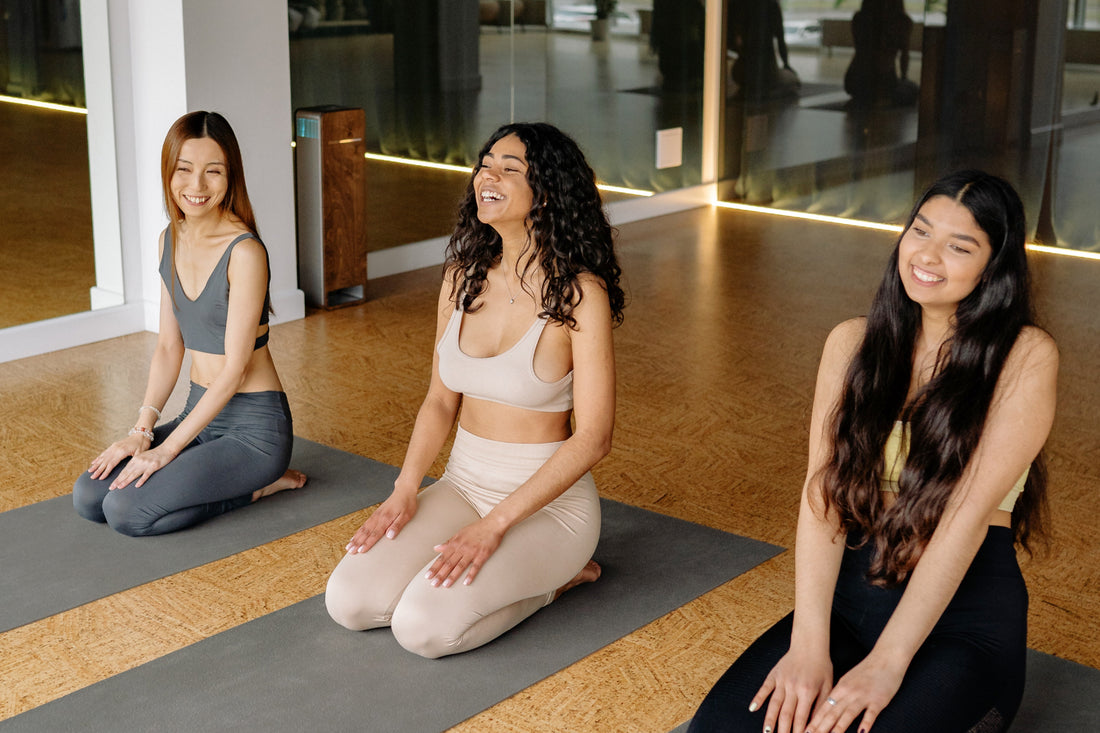In a fast-paced culture of digital distraction and never-ending work days, we want to get the most out of our yoga class. That means that dynamic and sweaty styles of yoga are popular; you want to drop into the studio and leave an hour later feeling like you’ve had a proper workout.
But do you ever give yourself the time and space to relax? Really, deeply, fully relax?
If not, your yoga practice could be the key to helping you slow down and feel better. Instead of putting your name down for another Power Yoga or Vinyasa Flow class next week, give Restorative Yoga a chance.
What is Restorative Yoga?

According to one of the world’s leading Restorative teachers, Judith Hanson Lasater, restorative yoga is active relaxation.
The practice uses lots of props—including bolsters, blocks, straps, sandbags, eye pillows and blankets—to make you wonderfully comfortable in supported postures so that you can hold them for extended periods of time. It’s a practice of surrender; you give your body over to the physical support of props and your mind over to the support of a safe, uninterrupted and non-judgmental space.
In contrast to your usual flow class, you might only do five postures in a whole hour of restorative yoga. You take the time to settle into them and ease out any irritations or feelings of discomfort. And then you stay. This can be harder than it sounds; in particular, people who are constantly on the go and are expected to achieve things all the time can find the practice of restorative yoga confronting. It challenges what we think we know about life: and it encourages us to ask, how do we really benefit from being constantly busy?
What Does it Do?
Invigorates The Nervous System
Restorative yoga has profound effects on the nervous system: it brings the parasympathetic nervous system into action, and allows the sympathetic nervous system to rest. This means that instead of being in the stressful ‘fight or flight’ mode, you move into the ‘rest and digest’ mode; you feel calm, peaceful, and your body has a chance to heal. This has long-term benefits for your stress levels and potentially your mental health.
It Stretches Your Muscles—Gently
The support of props, and of the floor, eases your muscles into passive stretches. These require no active effort or force on your part. For example, in elevating your hips on a yoga block with the soles of your feet bound together with a strap and your knees dropping out to the sides, you allow gravity to stretch your pelvic muscles, inner thighs and lower back. With no force, these stretches open and lengthen muscles in the body in a way that feels deliciously nourishing and doesn’t put you at risk of injury.
Encourages You To Just Be Still
It might feel silly to relax comfortably with bolsters and blankets in a room full of other people—couldn’t you do that on the sofa? But the reality for most of us is that we don’t really know how to fully relax. On the sofa, we watch TV or read or talk to other people. We’re rarely still, with nothing to do.
Conclusion
And being still allows you much needed time to let go. You’ll feel surprisingly revitalized by a restorative yoga class. Along with its physical effects on the nervous system, this is because it gives you a chance to be present, in your body, with your thoughts, without worrying. A good teacher will hold the space for you in a way that takes away pressure and makes you able to experience your body without trying to solve anything. You let go of muscle tension. You let go of troubled thoughts—even if only for a short time. You let go of urgency; or the need to do. During your restorative practice, you can simply be.






